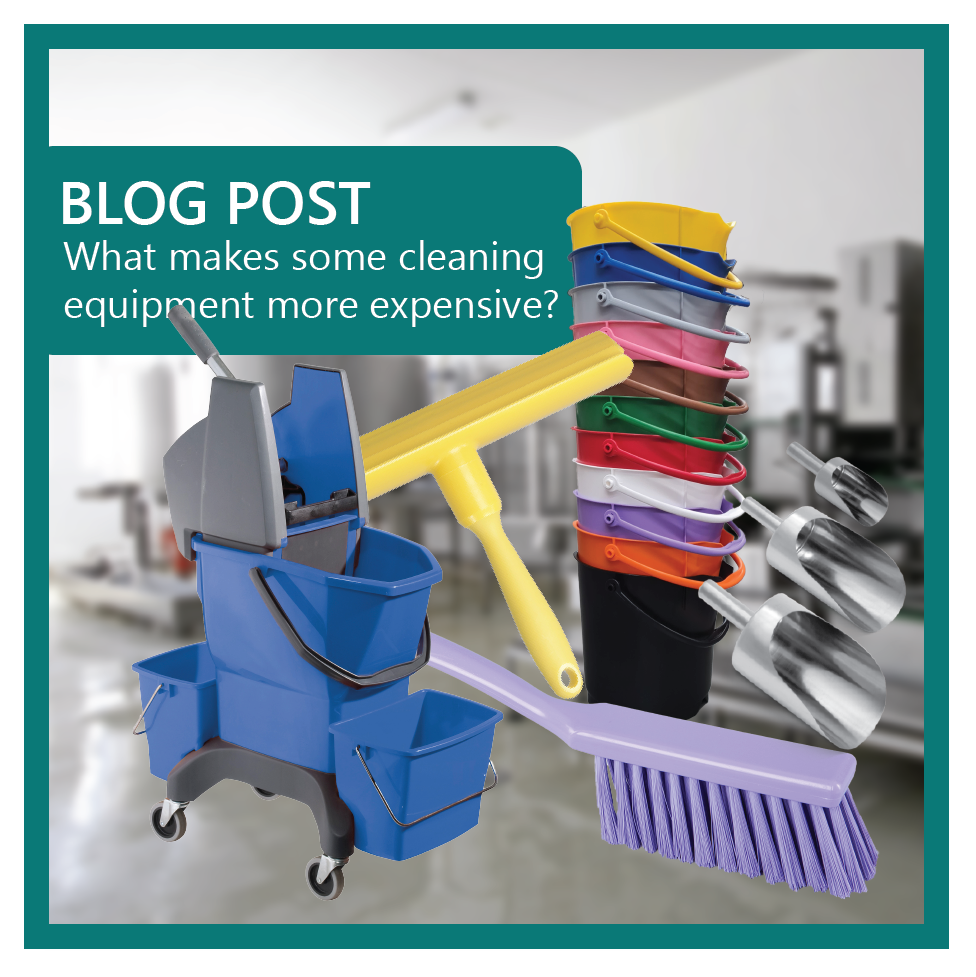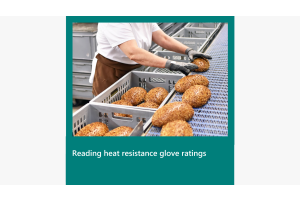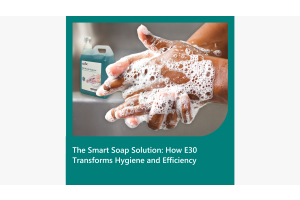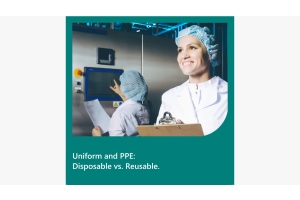Why are some Cleaning Products more Expensive?

Let’s face it, cleanliness is a priority in the food processing industry. While some foods are classified as high risks, such as meat and dairy products; hygiene is essential in all food production areas. The best way to achieve a high standard of cleanliness is through having quality cleaning products. There are a few things that characterise quality, such as:
- the material
- the ergonomics
- the colour varieties
- the endurance
- and the effectiveness
Cleaning product that feature these attributes are likely to reflect them in the price as well as the cleanliness of your production area.
The key in the above paragraph, is Quality. Quality means that the products you use are the most effective, and the best possible results are achieved with minimal effort utilised. The issue with quality is it is often perceived as expensive, and while this is often true, it is important to consider the bigger picture, not just the price tag. A product that will be more effective; is easier to use, gives a better result, and lasts twice a longer is actually cheaper, then a product that breaks after one or two uses and is regularly replaced. While this does not mean all cheap cleaning equipment is ineffective, the quality of the overall product is what needs to be considered.
The Ergonomics of design are not just unique shapes, and funny angles, they play a pivotal part in the quality and usability of a product. An ergonomic product is designed to make it easier for the user or cleaner to complete the task in comfort with minimal effort. If the task is not tedious, doesn’t result in back strain, or a cramp across the palm, then this will invariably make the task more enjoyable, leading to it being completed quicker and more thoroughly. Why does ergonomic product impact the price? There are a few reasons, one being the effort and money put into to research to reach the correct ergonomic conclusion, secondly the unique shapes, angles and sizes mean that moulds and process of making the equipment is more expensive.
The Material is the next important consideration. And again, quality is the word that comes to mind. Plastic and stainless steel are the two most common materials used for cleaning equipment, and as we know there is many variations or grades of both materials. Things that will affect the quality (and invariably the price), include the grade, how resistant it is to chemicals, to wear and tear, and it is overall strength. The material and quality of the material required will vary depending on the tool. Another key feature worth mentioning here, is the weight. Lightweight products, particularly handles are desirable, as they make the task considerably easier, and less strenuous.
The overall construction of the product, including the mold, and joins. Joins are known to harbour bacteria, are hard to get to, and can be forgotten places to clean. Joins are necessary in some circumstances such as attaching mop heads and bucket handles, but again the quality is important. The smoother and more curved the edges, corners and joins are, the easier to clean. Single moulds are the answer to this. Single moulded, or co-moulded, will impact the price as they must be larger and are more expensive to make. While also being more expensive to mass produce. Some joins are unavoidable, but minimising them increases the hygienical quality, and again the price.
Reliability: knowing you can trust the product, the supply and the source, and its effectiveness. If your sweeper leaves a trial of debris behind, then it is not effective. Having assurance that your product will function appropriately, will not break under normal conditions, and that it is fit for purpose. It is well known that European products are designed and manufactured to high standards, often having additional benefits like ergonomics.
Variations, and other features. While this is very broad, products that are defined by quality, are also characterised by being fit for purpose. This means that each brush has a slightly different feature, such as bristle type, or length or angle. These all assist in achieving a quality product that cleans thoroughly. This impacts the price as more moulds are required. There are many features on products you may not have even noticed or considered, designed to make the task easier, effective, or quicker. An example on many brushes are bristles that are angled slightly outwards, to cover those hard-to-get-to places. Colour and size variations of the products ranges allows you to effectively colour code your production area, and larger hook holes, are specifically designed to make the task efficient and easier.
As you would have gathered from above, the main driving influence of cost is the quality. Quality is a broad term that covers how well the product is fit for purpose, durable, and ergonomic. It requires looking at the big picture, not the individual price tags. And while it may influence the price of a product, it reduces the cost by being more effective and fit for purpose.





